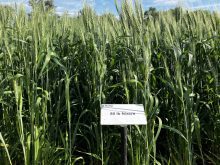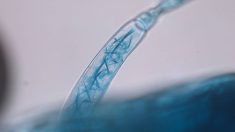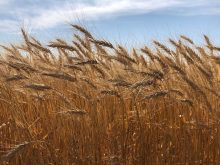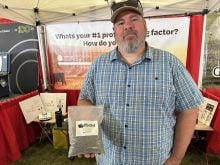Q: Do peas need phosphorus fertilizer?
A: We know that when peas are inoculated with the proper rhizobia bacteria, they can fix their own nitrogen, which means no additional nitrogen fertilizer is required. Therefore, when planning your fertilizer needs, the question is do peas need phosphorus (P) fertilizer? The answer is, yes, peas require more phosphorus per bushel than most crops grown in Western Canada.
A 40-bushel-per-acre crop of peas will remove between 25 and 30 pounds of P2O5 with the seed, which can only be replaced in the soil by the application of fertilizer. Good phosphorus nutrition is especially important to provide the high energy required for efficient nitrogen fixation and early crop maturity in peas.
Read Also
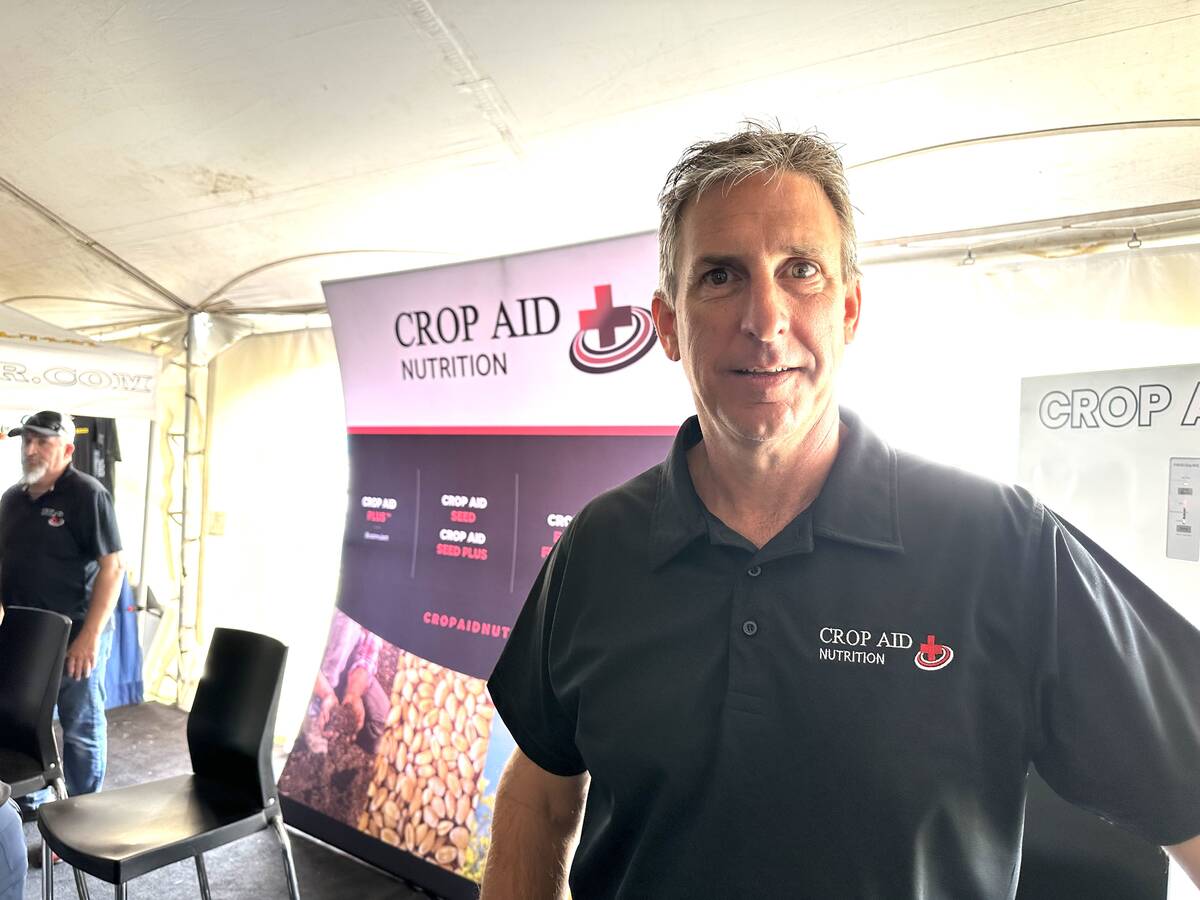
New soil treatment targets saline patches in fields
Crop Aid SS is a Saskatchewan-made spray that’s intended to help farmers manage saline soils by leaching salts away from the root zone.
To better understand the role of phosphorus nutrition in field peas, let’s review a few important points we know about phosphorus in the soil, including the following:
- Our soils are naturally deficient in phosphorus, with very large yield responses measured in early field research. Annual fertilizer application provides only a small residual pool of available phosphorus for future plant use.
- Crops use only about 20 to 40 per cent of the phosphorus fertilizer applied each year and rely on residual phosphorus fertilizer for the rest of their requirements.
- All of our annual crops will remove 25 to 35 pounds of P2O5 per acre each year.
- Phosphorus fertilizers are not very soluble in soil water and move very little from the fertilizer pellet.
- Phosphate movement and plant uptake are slowest in cold conditions.
- Phosphates are most important for rapid growth in seedlings.
This combination of factors is the reason we have adopted a standard annual application of phosphorus fertilizer in the seed row, which provides maximum phosphorus fertilizer efficiency for crop seedlings in cold Prairie soils. Since phosphorus fertilizer is not very soluble in soil water, it is also relatively safe to place near the seed. As the soil warms and the crop’s root system grows, the plants will be capable of using the residual phosphates in the soil.
What would be the consequence of removing phosphorus fertilizer for pea crops (or other crops)? First, this may lead to a small immediate yield loss or delayed maturity in the pea crop. Also, this will reduce the pool of residual soil phosphate for subsequent crops. Overall, our best management practice is to maintain the small pool of available soil phosphate with annual applications of phosphorus with all crops, including peas.



